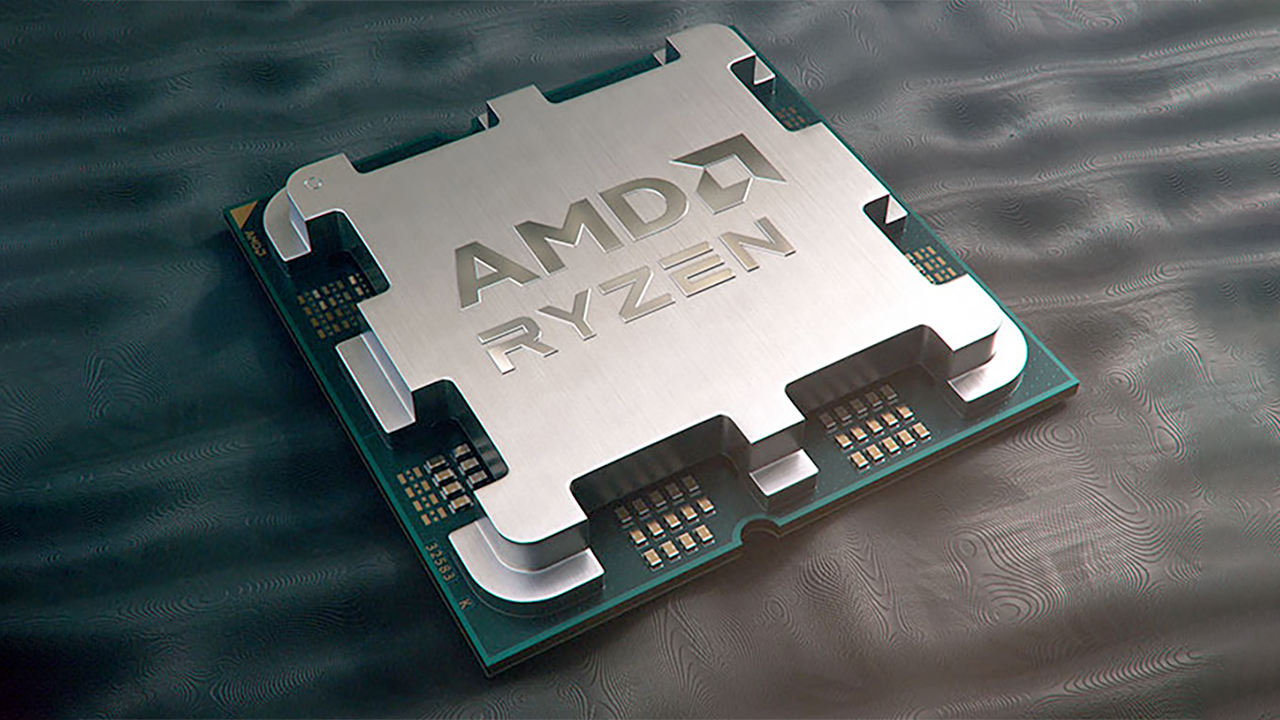
AMD is showing significant gains in November's latest Steam hardware survey: it's up 4.7% in GPUs and 8.4% in CPUs. That's all at the expense of Nvidia and Intel, which saw equally significant losses. However, this is more of a return to the status quo than AMD suddenly posting substantial gains. October's Steam hardware survey shows a similar boost in Nvidia GPU and Intel CPU usage, which has now been undone. This isn't the only quirk of November's survey result either.
Nvidia's spike in usage was brief
The November survey is practically the reverse of the October survey; almost everything gained in October declined in November, and vice versa. The brief surge of GeForce RTX 30-series cards in GPUs suddenly turned into a retreat. Cards like the RTX 3060 Ti, RTX 3070, and RTX 3070 Ti saw their shares decline by double digits, and the RTX 3060, in particular, got hammered as it went from 9.92% to 5.04% share. Meanwhile, almost every AMD card from the last three generations went up.
However, all of this is more or less in line with the results from September, implying that October's results were the outlier. The odds of Nvidia making and then losing such a large share in a few months seem pretty unlikely.
CPU trends from October were also short-lived
October's survey saw significant gains for Intel, but in November, that's been completely reversed, much like Nvidia's GPU gains. AMD controls roughly a third of the market, while Intel has the other two-thirds. Additionally, usage of 6-core CPUs declined as quad-cores rose, but that only brings things back to September levels, just like with different trends.
But beyond AMD and Intel, there are also other quirks too. The share of 4-core and 6-core CPUs is back to September's figures, with quad cores going back up and hexa cores going back down. These numbers also changed slightly, so it's not just noise.
Support for the AX512VNNI instruction is also interesting, as it's only supported by Intel's 11th to 14th Gen Raptor Lake Refresh CPUs and AMD's Ryzen 7000 series. It indicates roughly 10% of Steam users own one of these CPUs, and it also saw a strange fluctuation. The usage of 16GB of RAM, the most popular amount for some time, also saw a slight dip in October that has now mostly gone away.
Other reversals: Windows 11 vs 10, English vs Chinese
One of the final trends of note is the rapid gain of Windows 11 at Windows 10's expense. Windows 11's share increased by 11.5%, nearly as much as Windows 10 lost 12.1%. This offsets what happened in October, which saw Windows 11 lose 6.9% share while Windows 10 gained 7.6%. Windows 11 is now at 42% share to Windows 10's 53.5%.
Another significant shift happened in language usage. In October, Chinese overtook English with a 13.7% surge in usage, putting it at 45.9%. But now English is back on top again, with Chinese further away than in September.
This data, in particular, might tie up all the strangeness surrounding the latest Steam hardware surveys. In 2018, Valve announced that it had identified a flaw with the study that allowed PCs from Asian cyber cafes to complete the survey multiple times. Surveys from before the fix saw AMD CPUs declining in market share despite the latest Ryzen CPUs being far better than their FX series predecessors. Windows 7, which had been superseded by Windows 10, was also overrepresented.
It's probable that Valve never entirely fixed this issue, as the March survey shows many of the same trends that October's did. In March, AMD's share in CPUs and GPUs decreased significantly, while Windows 10 and Chinese made significant gains. All those trends disappeared in the following April survey, and things returned to February levels.
Incidents like these make the Steam hardware survey challenging to rely on. Between these reporting issues and missing statistics for CPU names, device names, and other details, it's unclear how proper the survey is.







